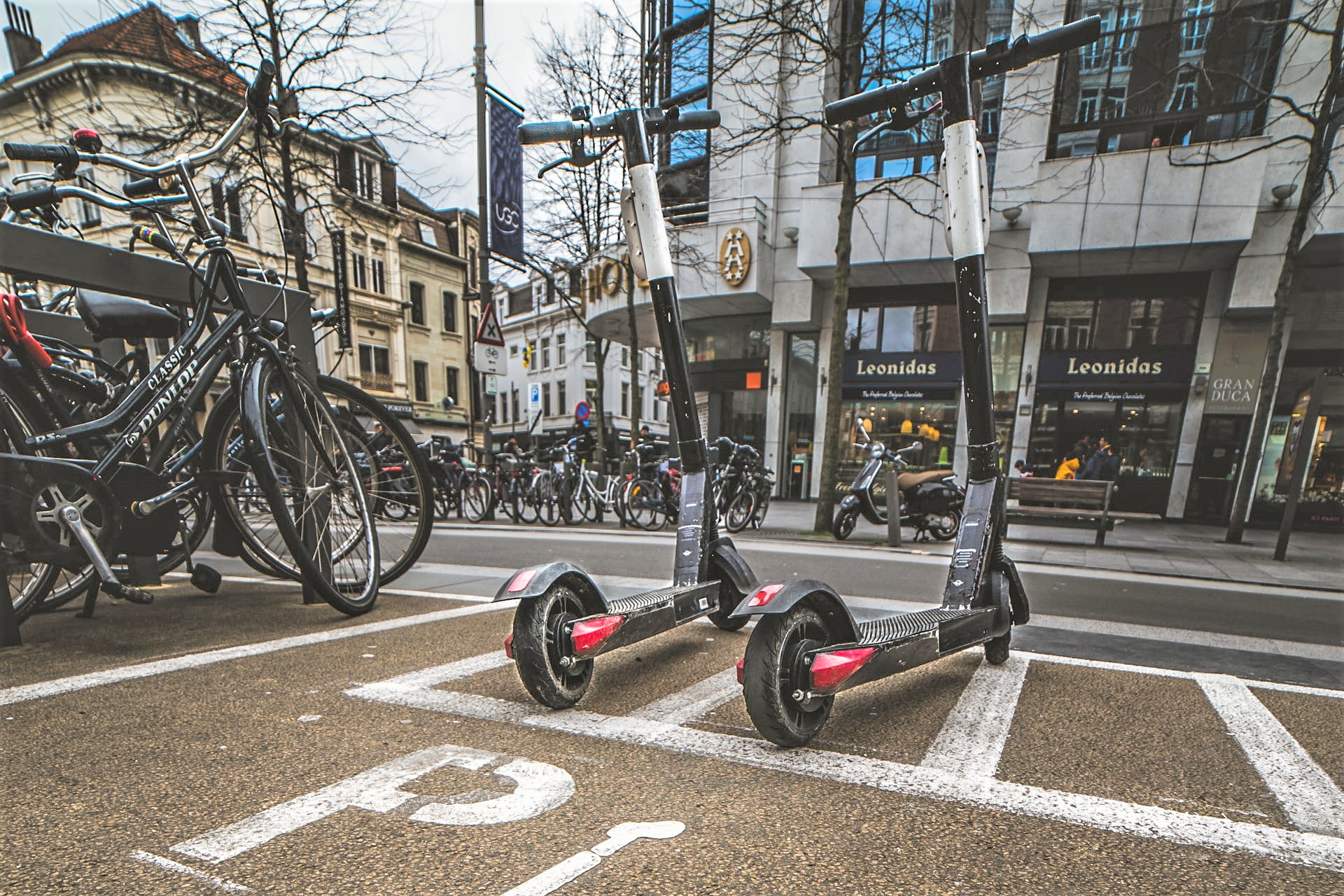725 results found
Featured results



More results

Over the past decade, global private investment into infrastructure has amounted to around USD 100-150 billion annually, excluding secondary market transactions.



In 2019, renewables attracted the largest amount of private investment among infrastructure sectors, followed by transport and non-renewable power. Renewables accounted for 40% of total private infrastructure investment in 2019. Meanwhile, private investment in social infrastructure (healthcare, education and public facilities) has declined over the past decade from USD 19 billion in 2010 to USD 3 billion in 2019.



Private infrastructure investment is dominated by high-income countries. In 2019, more than 80% of global private infrastructure investment was in high-income countries, with particularly strong investment in the renewables sector. High-income countries attract more than triple the amount of capital invested in middle- and low-income countries.



Social infrastructure is the best performing segment among all country income groupings, according to new data from Moody’s that provides insights into the debt performance for infrastructure industry sector. Social infrastructure includes healthcare, education and public (community housing, prisons) facilities. The data also reveals transport and energy infrastructure perform differently in relative terms for depending on country income grouping.



The highest recoveries on infrastructure debt default occurs in Africa, the Middle East and Eastern Europe, according to new data from Moody’s shows which regions of the world have the highest and lowest default rates on infrastructure and other project finance debt investments. Ultimate recovery refers to a loan default for which recoveries have been realized following emergence from default. Emergence from default occurs when overdue interest is repaid or with liquidation or restructuring with no subsequent default or lender being taken out of the deal after repaying the defaulted loan.


Witness the final of the global competition to accelerate the infrastructure industry, which promises to be a window into the future of infrastructure.
These five social infrastructure trends are not new concepts, but the rate at which they are appearing all over the world is staggering.
The COVID-19 pandemic has disrupted all of our lives. And amidst the crisis it is impossible to envision how long it will last, or how life will be different once it is over. On the issue of mobility, however, a recent report by McKinsey & Co offers an optimistic forecast: this short period of disruption won’t affect existing major trends.
Don't miss out on the final event for InfraChallenge, our global innovation competition aiming to accelerate the infrastructure industry
While infrastructure is a driver of economic prosperity and can provide a solid basis for strong, sustainable, balanced and inclusive growth, it is not a given that infrastructure investment will fully realise these aims without visionary planning and commitment. For infrastructure investment to deliver a more sustainable, resilient and inclusive global recovery, we need to create the right enabling environment now.
Now is the perfect time for countries to improve the way they plan and deliver quality infrastructure, to provide greater security against the next global crisis - find out how InfraCompass is here to help.
Mentors have played a vital role in supporting the top 20 teams hone their applications for the Global Infrastructure Hub’s (GI Hub) InfraChallenge competition, despite the challenges of a global pandemic.
We asked innovators from all over the world, how can digital ideas be applied to solve economic or social infrastructure issues? Today we’re announcing our Top 10 finalists for InfraChallenge!
Infrastructure can play a significant role in economic recovery of the post-COVID world. It's critically important for coronavirus stimulus measures to focus on projects that not only grow the economy, but also anticipate the impact of future risks, particularly climate change.


What does resilience to climate change look like and how can we support countries in coping with climate risks?
InfraTech has changed from a nice to have to a critical element in the ability to deliver sustainable, inclusive and resilient infrastructure.
The world is changing, and collectively we are underprepared for many of the challenges ahead. The Global Infrastructure Hub’s vision for the ideal future is a world where sustainable, resilient and inclusive infrastructure works for all people.
Risk allocation is at the centre of every PPP transaction, and a deep understanding of the risk allocation arrangements is a precondition to the drafting of every successful PPP contract.







 Inclusive Infrastructure and Social Equity Guidance
Inclusive Infrastructure and Social Equity Guidance











